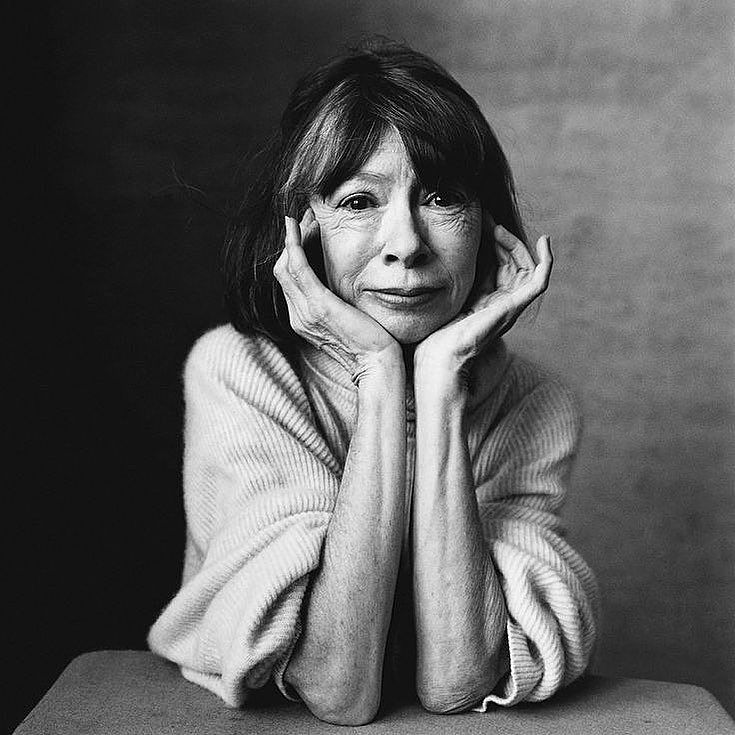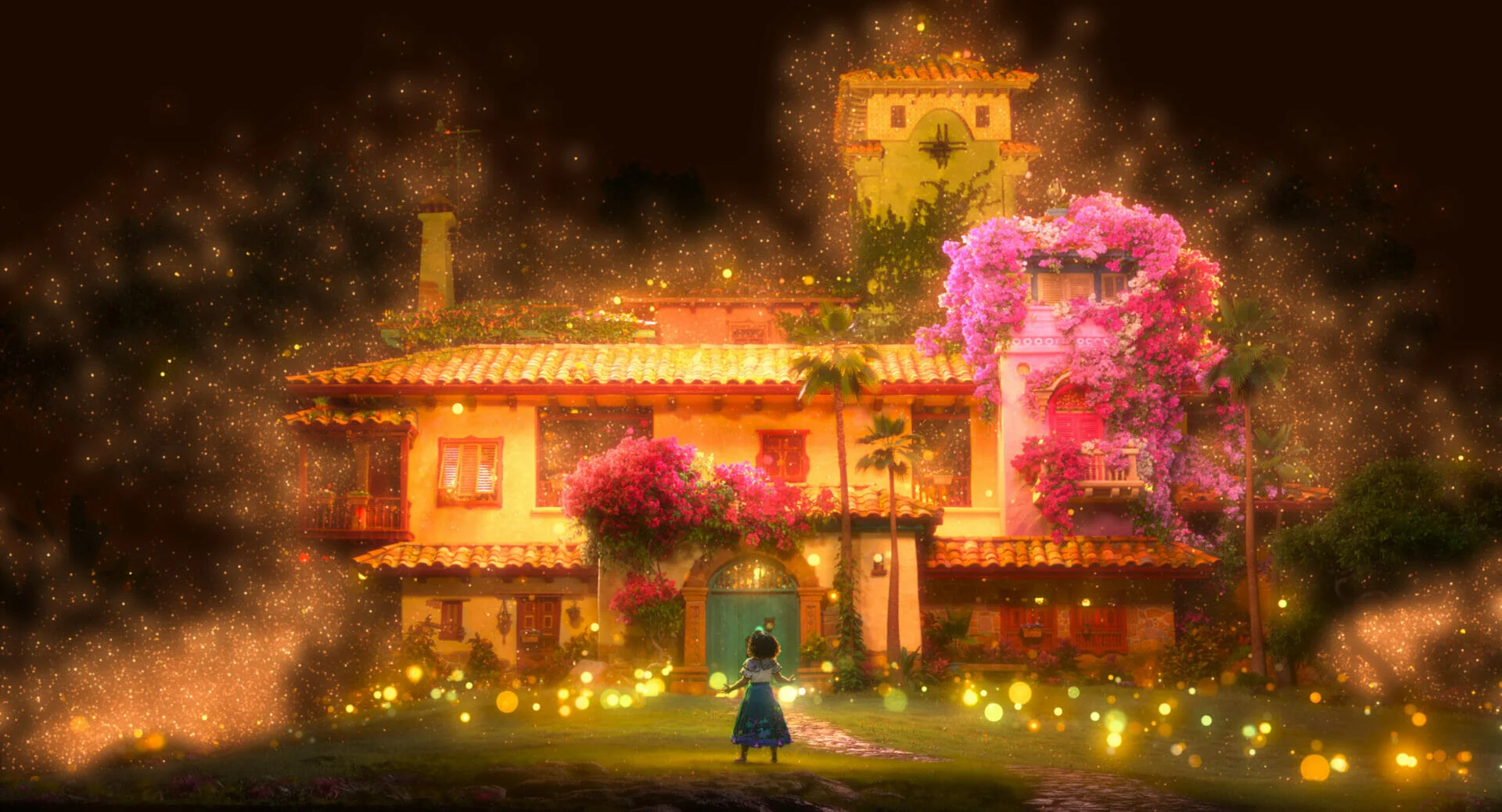
The Year of Magical Thinking by Joan Didion Review | A Journey into Mourning and Bereavement
Author
Year
Format
The Year of Magical Thinking is an intimate and unflinching exploration of one of the most cherished themes in Western philosophy: the finitude of existence. With her sharp and vivid prose, Joan Didion reflects on the event that changed her life forever: the sudden loss of her husband, John Gregory Dunne, her companion of nearly forty years.
A versatile writer, Didion also stood out as a journalist and screenwriter. She followed the social transformations of 1960s and 1970s America and captured its spirit and upheavals. Named second on The Guardian’s list of the 100 greatest nonfiction books of all time, The Year of Magical Thinking is considered her masterpiece. Its influence has helped to solidify memoir as one of the most relevant genres of the 21st century.
Life Changes in a Heartbeat
On the evening of December 30, 2003, after visiting their daughter Quintana, hospitalized at Beth Israel North in New York, Joan and John returned home. As they had done so many times before, they lit a fire in the hearth—a quiet ritual symbolizing the warmth and stability that had defined their decades together. They sat at the table, casually talking, perhaps about Scotch, maybe the Great War—Joan can’t quite remember.
Then, without warning, John fell silent, his body collapsing mid-sentence. In an instant, the familiar safety of their world shattered. Moments earlier, they had been talking as they always did, and now he was gone, taken by a sudden heart attack. The life they had spent nearly forty years building unraveled in the blink of an eye, beside the fire that once comforted them. This scene, the pivotal point around which the entire novel is structured, has been interpreted in various ways in the theatrical field. The following example is an adaptation by director Gabrielle Randle-Bent.
A Mourning Woman
Grief is a long and arduous journey, often devoid of linearity—much like Didion’s narrative. Her clarity of prose suggests a desire to impose order on her trauma, but the structure of her memoir mirrors the erratic nature of grief itself. This continually drags her back into the past and prevents her from fully engaging with the present or contemplating the future.
The story unfolds through a series of flashbacks, reminiscent of the ebb and flow in Virginia Woolf’s The Waves, interwoven with moments of introspection. The fluid stream of memories occasionally drifts into a dreamlike state, evoking the ethereal atmospheres found in Symbolist paintings like The Isle of the Dead by Arnold Böcklin.

In this oscillation between past and present, Didion confronts her husband’s death. Reflection becomes her lifeline, a thread she clings to as she tries to piece together fragmented memories. Overall, the process serves as both a means of survival and an effort to impose some semblance of order on an otherwise chaotic emotional landscape.
Magical Thinking
Aligned with the narrative voice, Didion presents herself as a divided woman. On one side, she seeks to manage her emotional state through consultations with scientific and literary texts like Freud, Auden, Mann, and Lewis. On the other, she turns to Magical thinking, a form of denial where she holds onto the hope that John’s death might somehow be reversible. In other words, Magical thinking manifests in rituals and behaviors that defy logic, such as her reluctance to announce John’s death publicly or to part with his belongings.
I could not give away the rest of his shoes.
I stood there for a moment, then I realized why: he would need shoes if he was to return.
The recognition of this thought by no means eradicated the thought.
The Year of Magical Thinking, page 37
The New York Times knew. The Los Angeles Times knew. Yet I was in no way prepared to accept this news as final: there was a level on which I believed that what had happened remained reversible.
Ibid, 32
Narrating to Heal: The Power of Stories
As the memoir unfolds, the dialogue between Joan and her husband grows more intimate. She reinterprets scenes in light of what has happened since and turns them into ominous portents or expressions of regret for what once was and is no more.
We call it the widowmaker, pal, his cardiologist in New York had said about the left anterior descending artery.
Ibid, 207
However, even though we cannot redeem the past or bring back the dead, they still live within us. The Year of Magical Thinking underscores this idea: our past is alive and demands to be told. More often than we realize, it hides treasures. Unearthing them is sometimes the only way to keep moving forward.

Starting from a deeply personal subject—her grief—Didion offers an image of human vulnerability that avoids self-pity and promises no salvation. The Year of Magical Thinking addresses the finitude of human existence from a worldly perspective without embracing any transcendent idea. As a record of Didion’s emotional journey, it successfully builds a bridge between her past and present while opening up to the future. Ultimately, it reveals how stories connect us with others and open a dialogue within ourselves.
The Year of Magical Thinking won the National Book Award for Nonfiction in 2005. It was also a finalist for the National Book Critics Circle Award and the Pulitzer Prize for Biography or Autobiography. In 2017, Didion’s nephew, Griffin Dunne, made a documentary about her life, which is available on Netflix.
Tag
Buy a ☕ for Hypercritic







